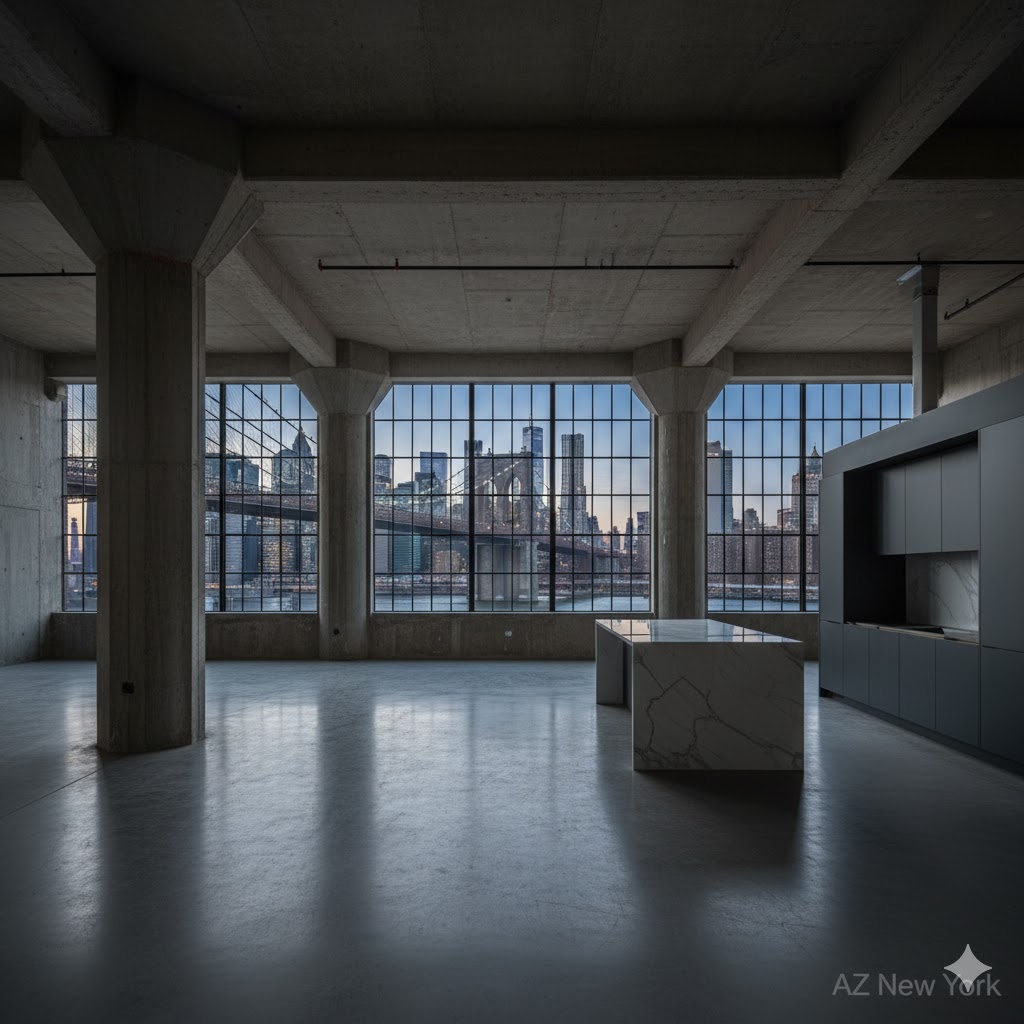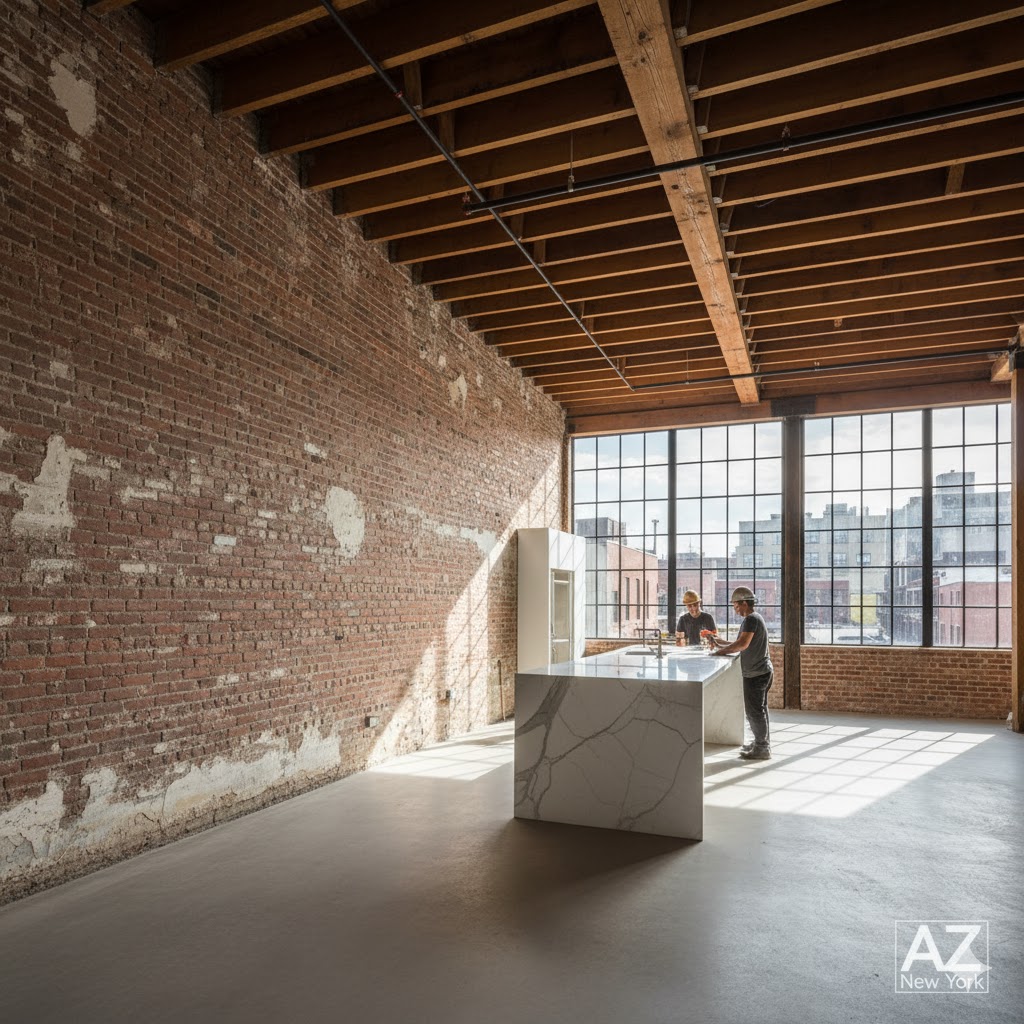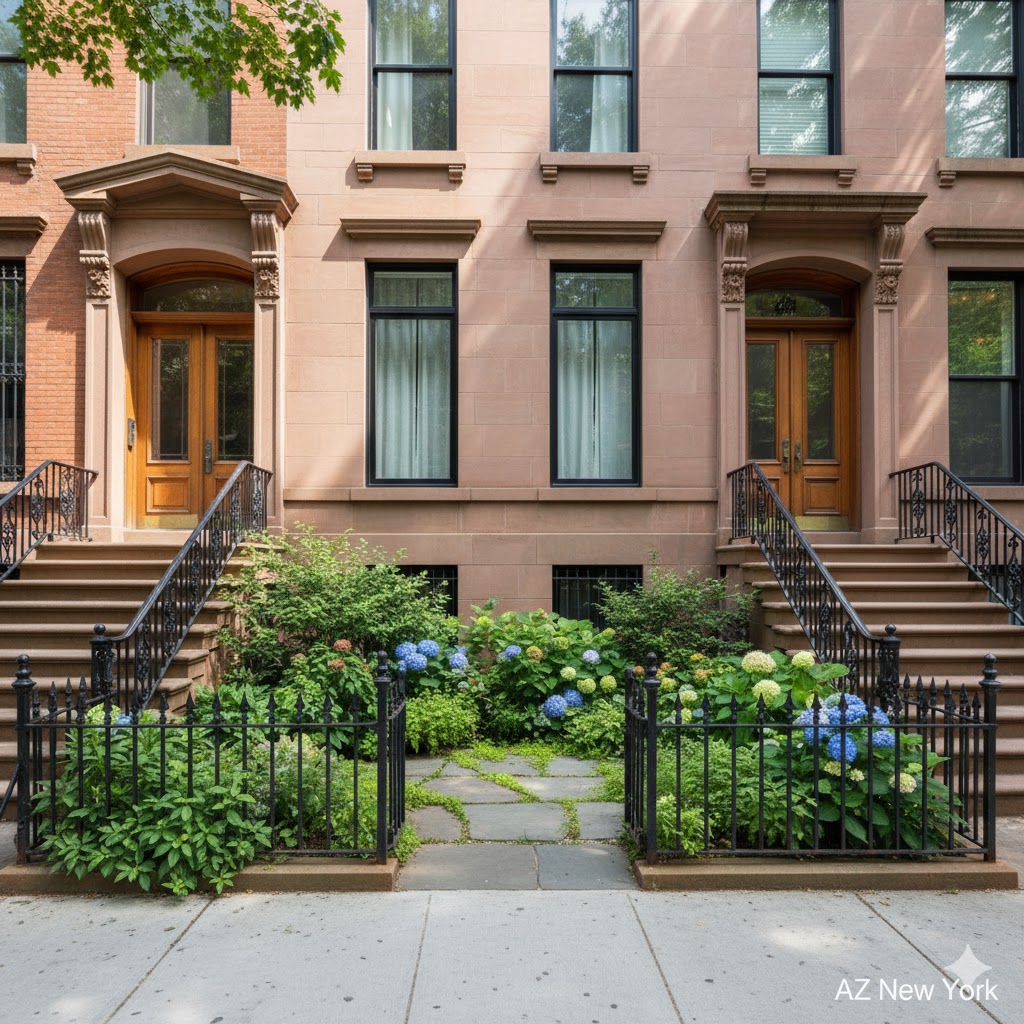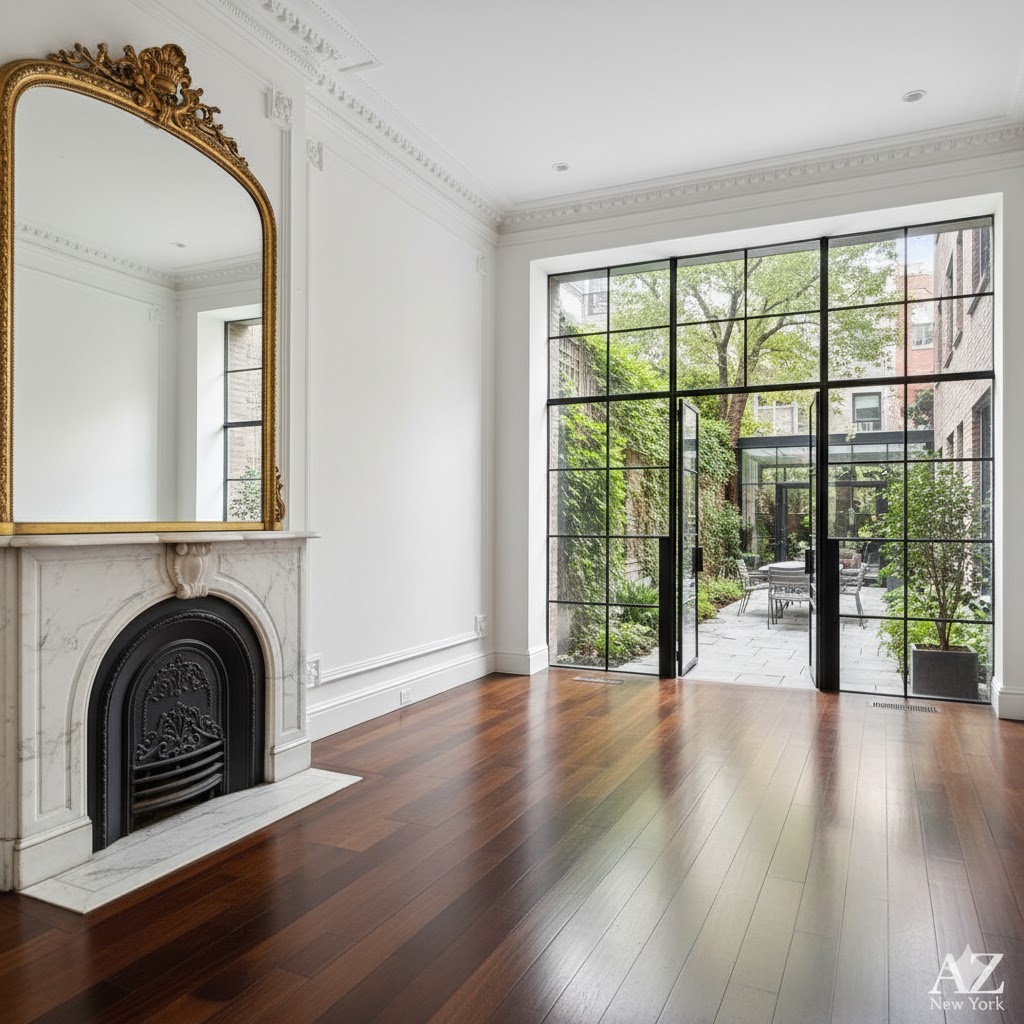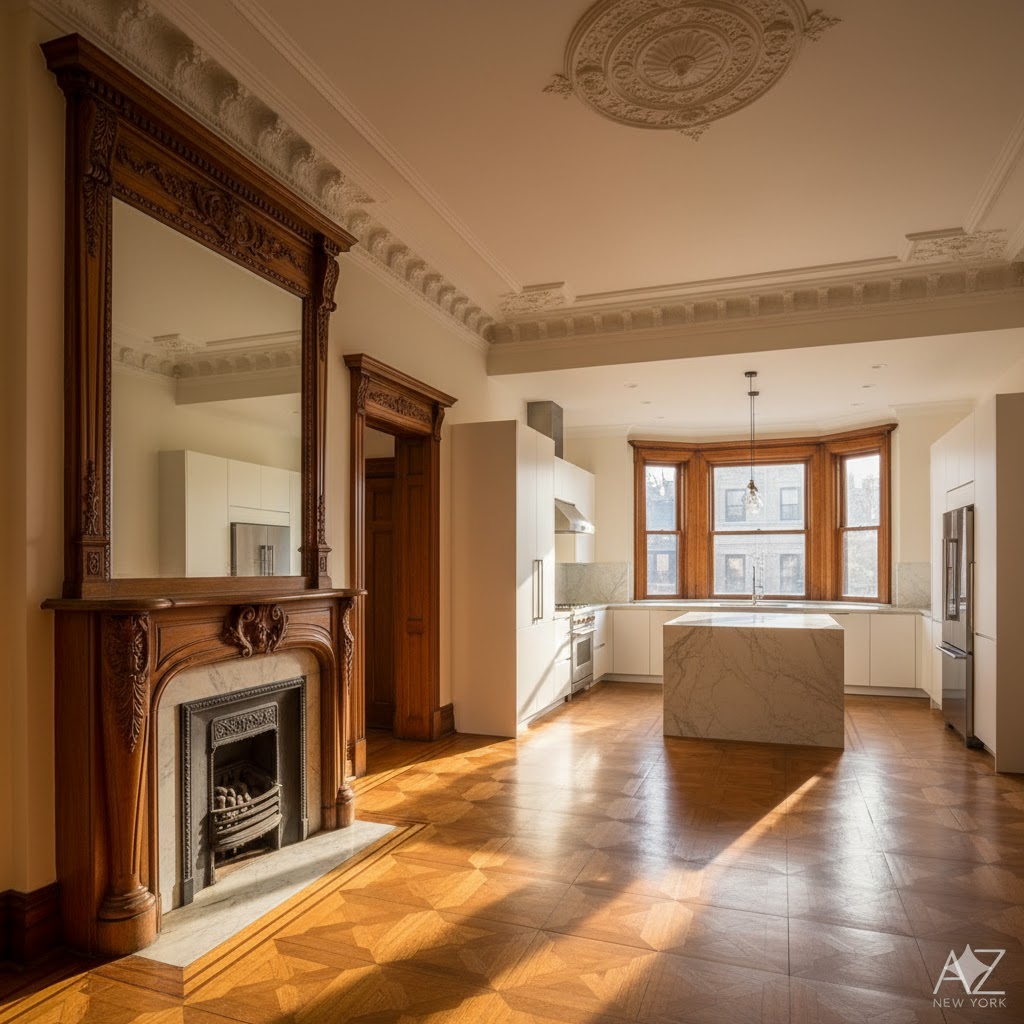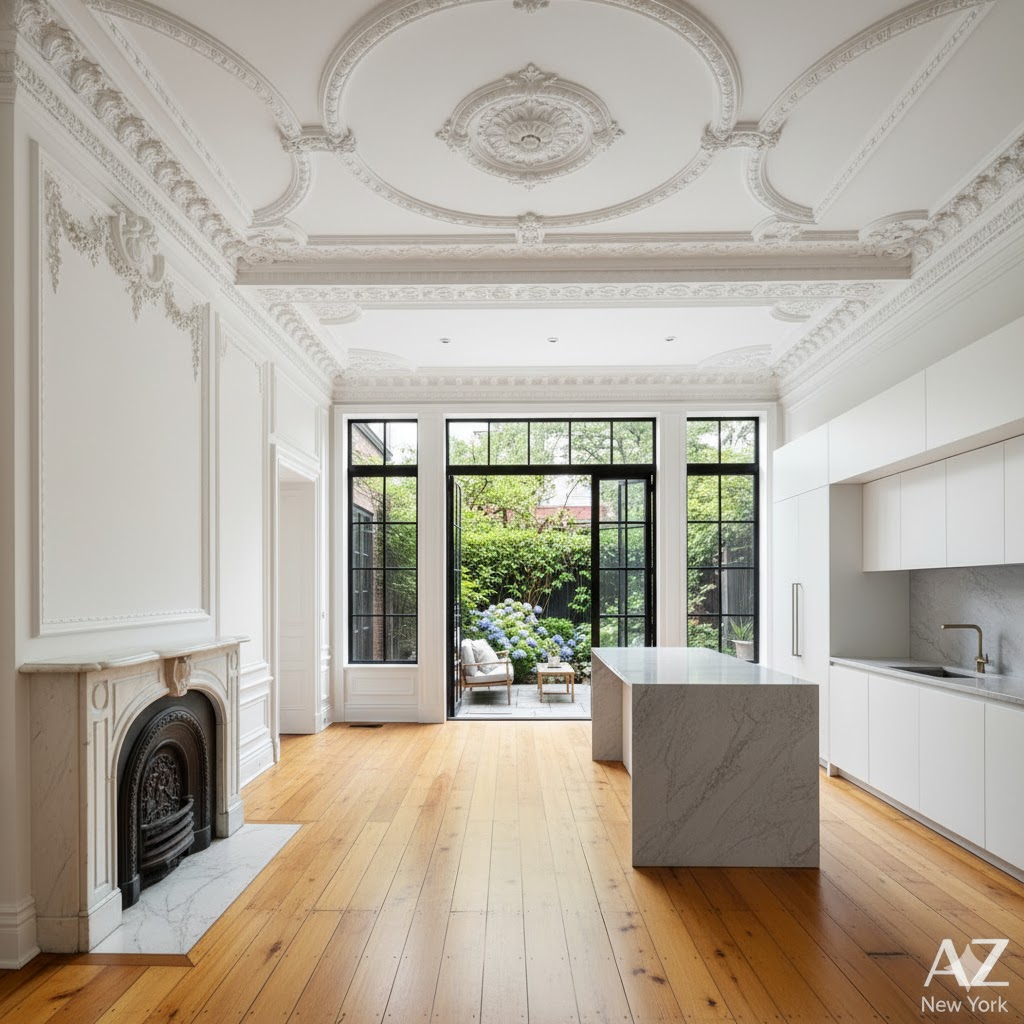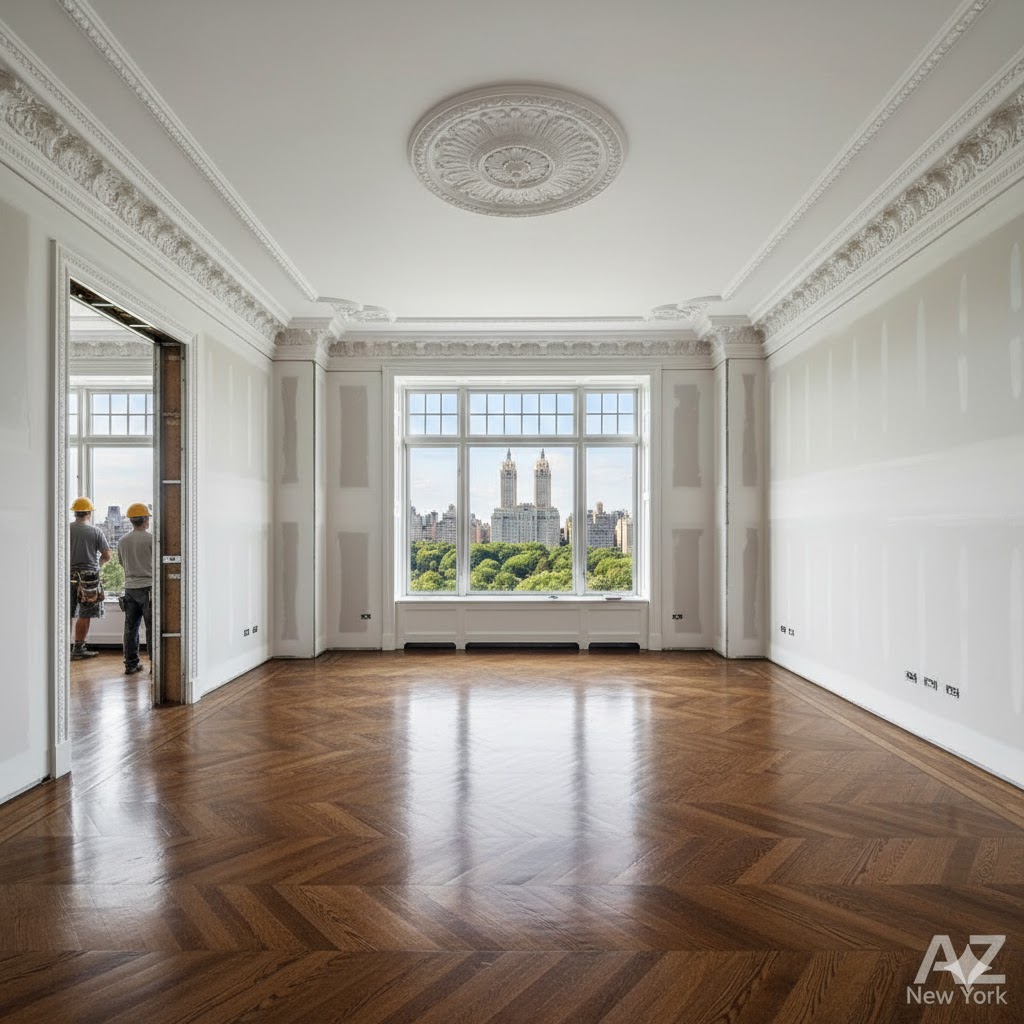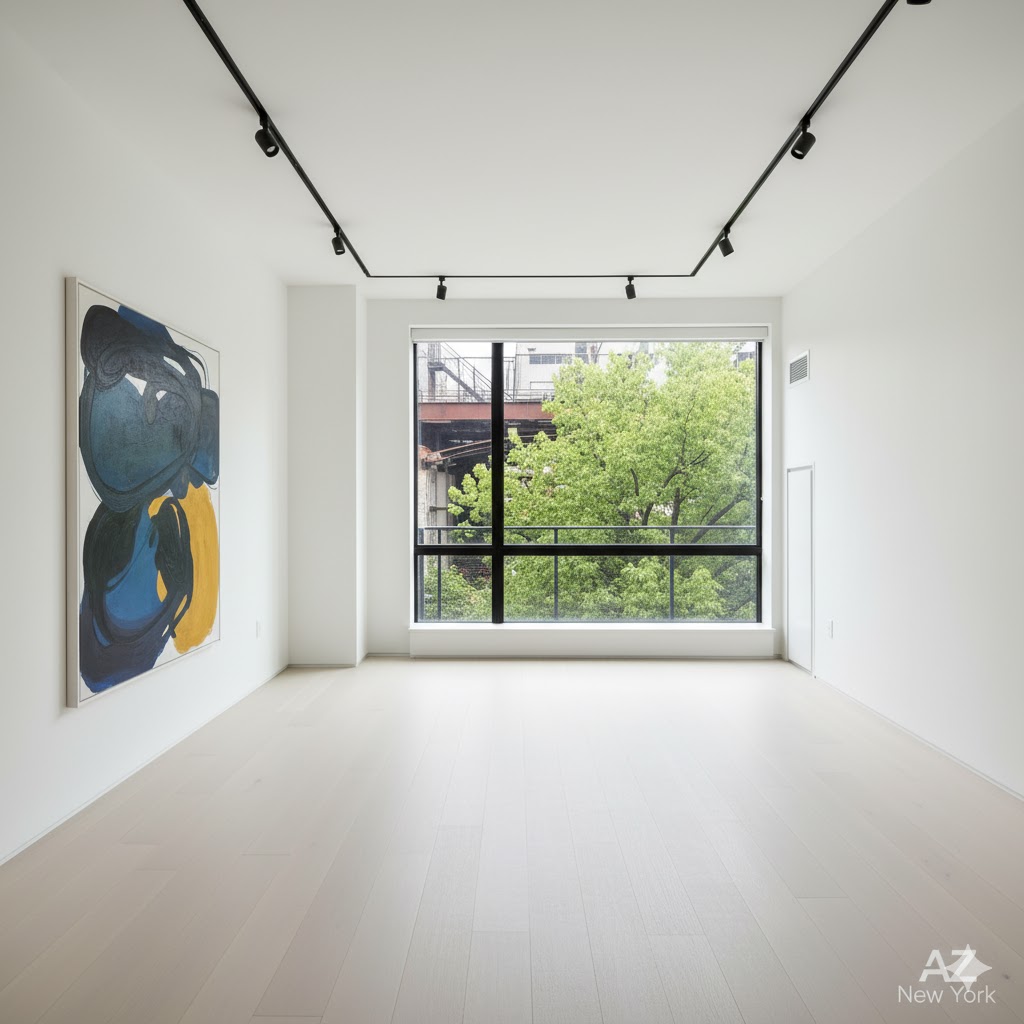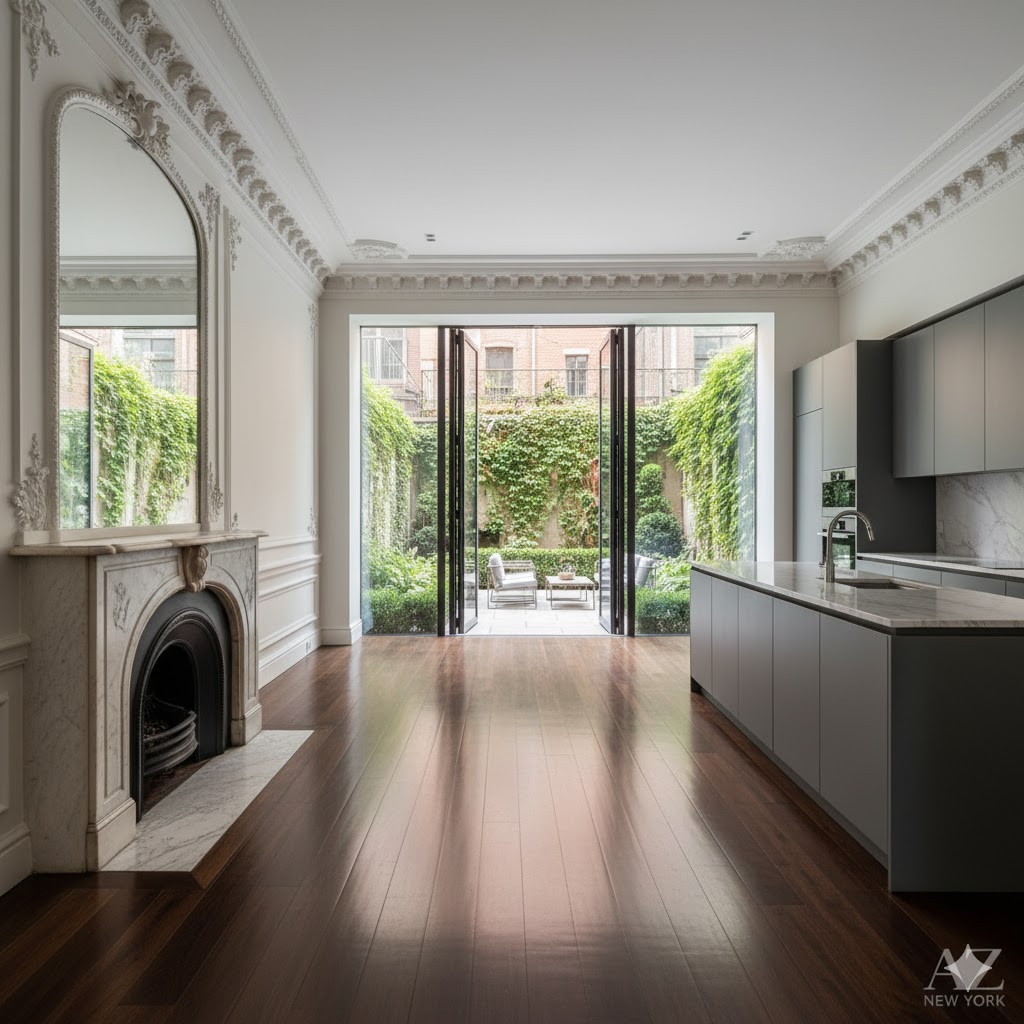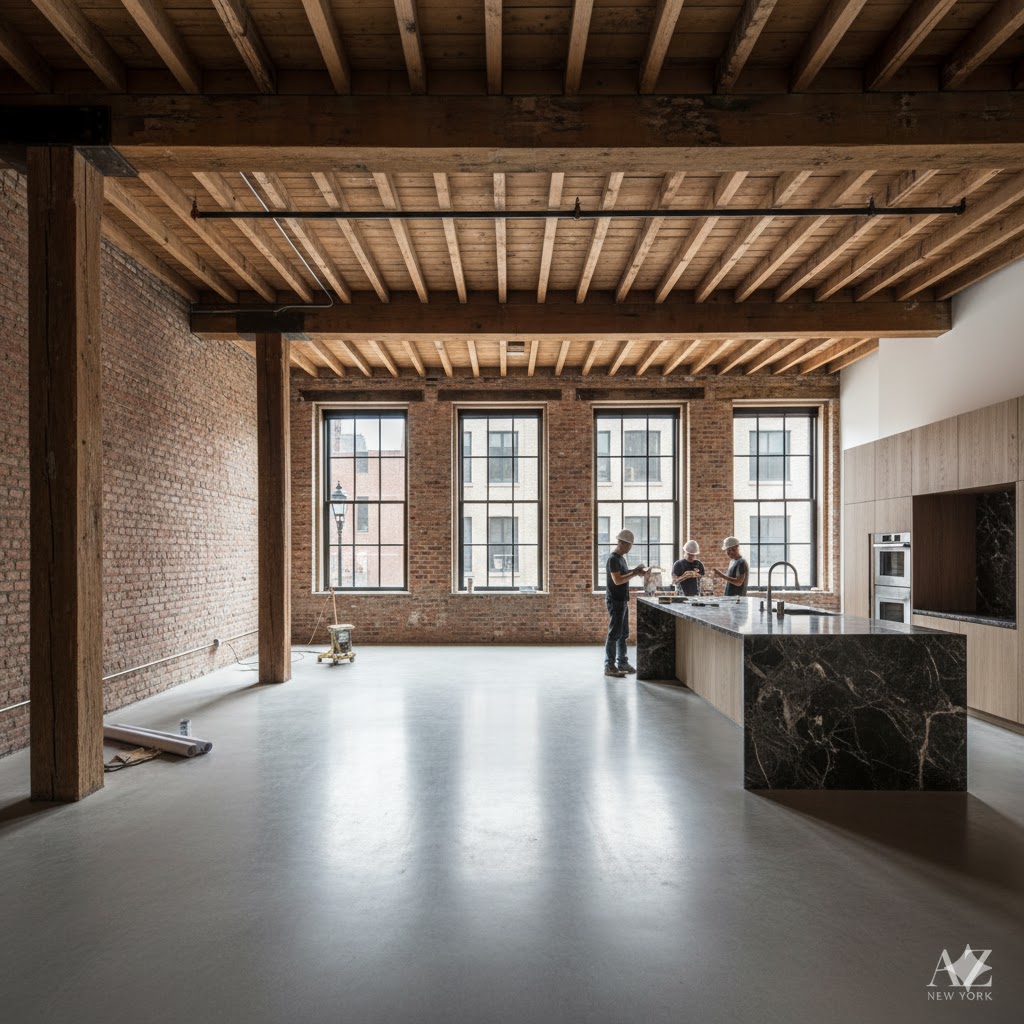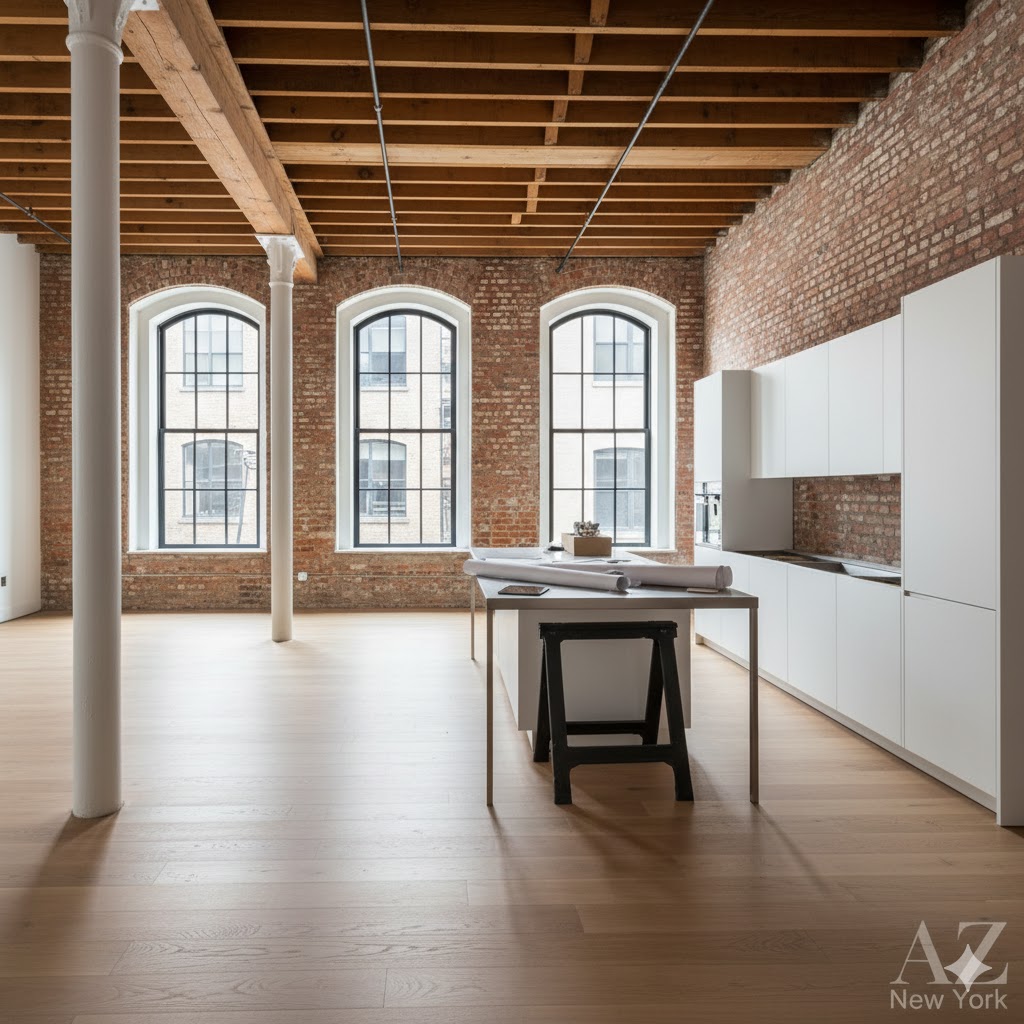Buying Old Lofts & Townhouses in Bushwick, NYC
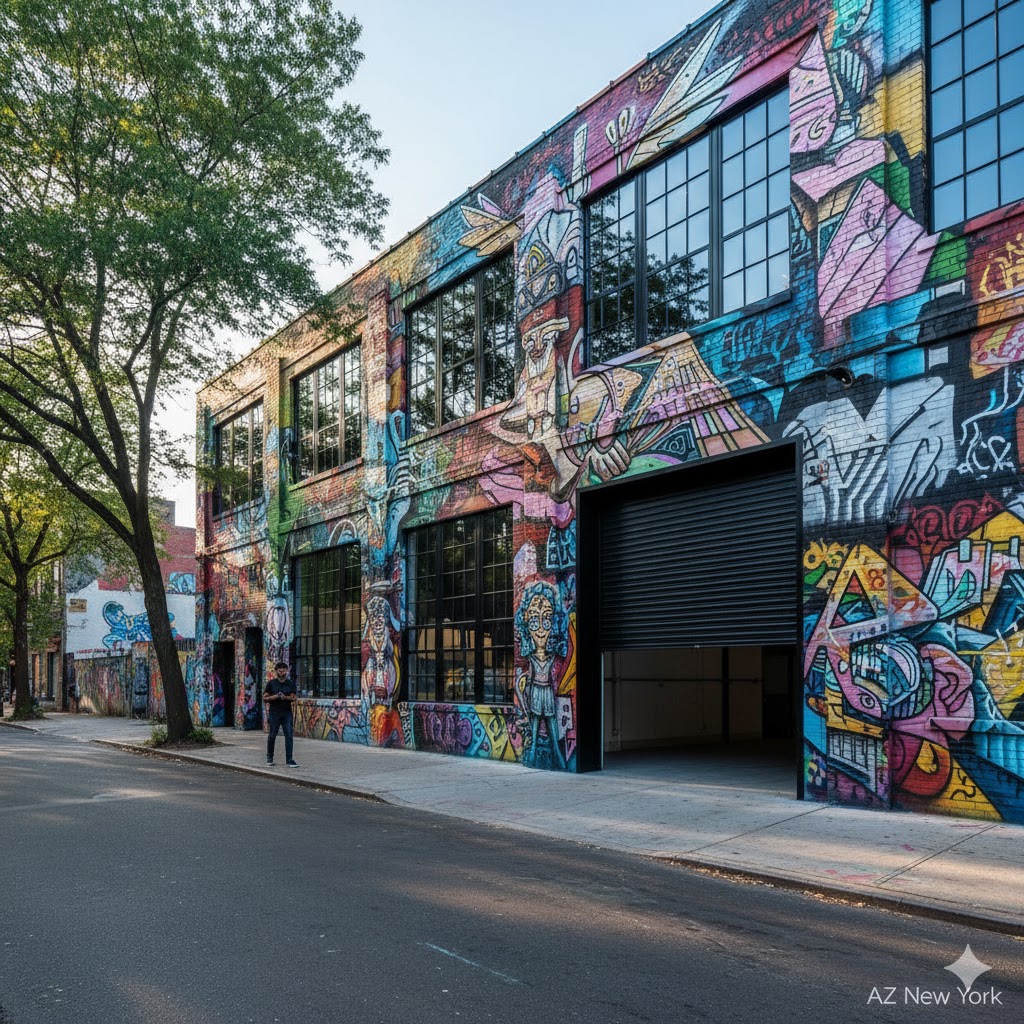
Buying Old Lofts & Townhouses in Bushwick, NYC: A Guide to Renovating and Reselling for Profit
Bushwick, in Brooklyn, has cemented its status as one of NYC’s most dynamic and culturally significant neighborhoods. What Williamsburg was in 2005, Bushwick is today.
Fueled by the L train, a world-class street art scene (the Bushwick Collective), and a gritty, industrial-chic aesthetic, it is a prime target for “next-frontier” real estate investment.
The strategy: acquire raw industrial lofts or dated 2-4 family townhouses for high-design, “authentic” renovations.
🏙️ Why Invest in Bushwick?
Bushwick is about “speculative value” and “authenticity.” The acquisition costs for unrenovated multi-family homes ($1.5M – $2.2M) or raw warehouse spaces are significantly lower than in “prime” Brooklyn, while the demand from “creative class” renters and buyers is exploding.
The profit is in the “raw-to-luxe” conversion, transforming a factory space into a legal “hard loft” or gut-renovating a 3-family brick townhouse into a high-yield “house-hacking” machine. The buyer is paying for character and “cool.”
🔍 Comparative Table: Bushwick Multi-Family vs. Williamsburg Loft
| Feature | Bushwick Multi-Family (for Renovation) | Williamsburg Warehouse Loft (Renovated) |
|---|---|---|
| The “X-Factor” | “Authentic Grit” & Value. Emerging market, art/music scene. | “Established Cool” & Luxury. Blue-chip market, waterfront views. |
| The “Flip” Strategy | Gut reno for yield. “House-hack” (Owner duplex + rentals) is the sweet spot. | “Trophy” flip. A 3,000 sq ft, $7M “statement” loft. |
| Acquisition Cost | Moderate-to-High (e.g., $1.6M – $2.5M for unrenovated 3-fam). | Astronomical (e.g., $4M – $6M for renovated). |
| Renovation Hurdle | Very High. Potential “Loft Law” / C of O issues. Full gut often needed. | N/A (if already renovated). If raw, C of O hurdles are high. |
🔨 3 Case Studies: Successful Bushwick Flips
- The “House-Hack” (3-Family): An investor bought a 3-story, 3-family brick townhouse for $1.8M near the Jefferson L stop. Action: A $900k gut renovation. They created a 3-bed “owner’s duplex” (1st floor + finished basement) and two 2-bed/2-bath “rental units” ($3.8k/mo each) on floors 2 and 3. Result: Sold for $3.5M. Net profit (pre-tax): ~$800k.
- The “Raw Loft” Conversion: A group bought a small, M-zoned 2-story factory building for $2.5M. Action: A $2M, 3-year project. They navigated a C of O change to create 4 legal “loft-style” 2-bed condo units with 14-ft ceilings and polished concrete floors. Result: Sold all 4 units for an average of $1.3M each ($5.2M total). Net profit: ~$700k.
- The “Townhouse” Flip: A couple bought a dated 2-family brick house for $1.6M. Action: A $500k “fast-and-stylish” renovation. Focused on high-design kitchens (e.g., custom green cabinets), bold tilework, and new mechanicals (split-A/C). Result: Sold 10 months later for $2.8M. Net profit: ~$700k.
💡 Pro-Tips for Renovating in Bushwick
- C of O and Zoning are EVERYTHING: This is the #1 risk. Bushwick is full of “artist lofts” in M-zoned (Manufacturing) buildings that are *not* legal to live in. Buying one without a clear path to a residential Certificate of Occupancy (C of O) is a catastrophic mistake.
- The “L Train” is the Lifeline: Value is directly tied to the L train (Morgan, Jefferson, DeKalb stops) and the M train (Myrtle-Wyckoff). A property 15 blocks from a train is in a totally different, lower-value market.
- “Bushwick-Appropriate” Design: The buyer here rejects “gentrifier-gray.” They want “authentic grit.” This means polished concrete floors (not gray vinyl), exposed brick (not painted white), and high-design, “non-cookie-cutter” finishes (e.g., custom millwork, reclaimed wood, bold colors).
- The 3-Family is the “Gold Standard”: The most in-demand, liquid product is the 3-family townhouse. The math on an “owner-occupied” 3-family (with two high-end rental units) is extremely compelling for the “house-hacking” millennial/Gen-Z buyer.
✨ Bushwick Real Estate: Did You Know?
Bushwick was once one of the beer capitals of America. In the late 1800s, the area’s large German immigrant population established “Brewers’ Row,” a 14-block area that was home to over a dozen massive breweries. Many of these grand, castle-like brewery buildings still stand today, and their conversion into residential lofts (like the “Pyramid” building on Bushwick Ave) are the neighborhood’s most sought-after “trophy” properties.
❓ Frequently Asked questions (FAQ)
Q: Is Bushwick “safe” for this level of investment?
A: The prime, “on-the-L-train” corridors have seen dramatic price appreciation and are now established, high-demand areas. The $3M+ resale market for multi-family homes is robust. As with any emerging market, “block-by-block” diligence is key, but the investment thesis is proven.
Q: What is the difference between Bushwick and Bed-Stuy?
A: Their housing stock is different. Bed-Stuy is defined by 19th-century Victorian brownstones and limestones (residential). Bushwick is defined by early 20th-century brick multi-family townhouses and industrial warehouse/factory buildings (industrial/residential mix).
Q: What’s the biggest mistake investors make in Bushwick?
A: Buying an “illegal” loft. An agent might list a 4,000 sq ft “artist loft” for $1.5M, which seems like a steal. The investor pays cash, only to find it’s M-zoned (Manufacturing), has no residential C of O, and can never be legally financed or resold as a home, making it worthless as a residential “flip.”
📍 GEO Context
- City: New York City
- Neighborhood: Bushwick
- Borough: Brooklyn
- Category: Emerging Market Real Estate
For more on C of O conversions and emerging markets, visit AZ New York.
Keywords for your next internet searches
Bushwick real estate, Brooklyn loft conversion, 11221 zip code, 11237 zip code, 11206 zip code, C of O conversion NYC, M1 to R zoning, L train real estate, Bushwick Collective, Jefferson L stop, Morgan L stop, fix and flip Brooklyn, case studies real estate,
AZ New York, NYC real estate investing, polished concrete floors, 3-family townhouse, house hacking, Brewers Row, emerging market, Myrtle-Wyckoff, street art, loft law

